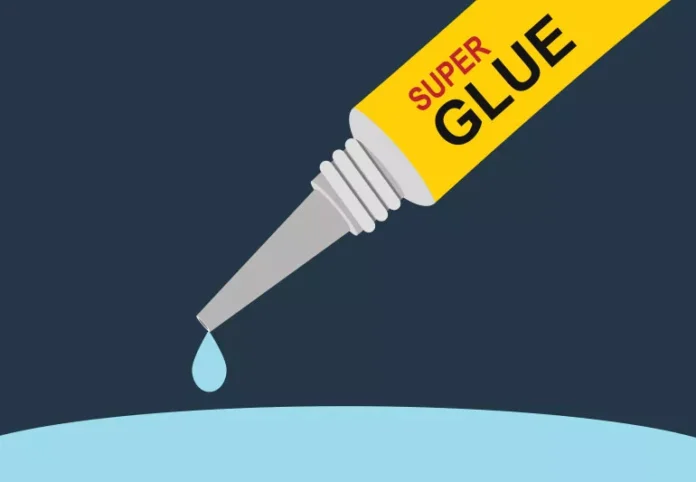Super glue, known for its quick bonding power, is a staple in many tool boxes and junk drawers around the world. While it can feel like a magical fix-all, there are times and materials where super glue should not be your go-to adhesive.
Knowing these limitations not only helps in maintaining the integrity of your items but also ensures safety and efficiency in your repair tasks. Let’s dive into the various materials and scenarios where super glue might do more harm than good.
Delicate Fabrics and Clothing
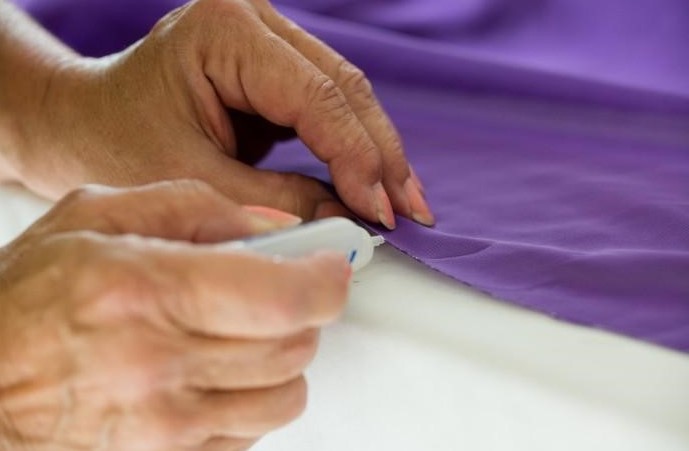
Super glue and fabrics generally don’t mix well. Applying super glue to materials like silk, thin cotton, or wool can result in hard, scratchy patches that ruin the texture and appearance of the fabric. Furthermore, super glue can cause discoloration, especially on lighter fabrics, effectively staining the material in an often irreversible way. If you’re dealing with a clothing repair, fabric glue or a simple needle and thread are usually safer and more effective choices.
Heavy or Load-Bearing Items
While super glue offers strong adhesion, it’s not always the best choice for repairs that require structural strength, such as broken furniture or heavy-duty household items. The bond super glue forms is rigid and can break under constant stress or weight. For items that need to withstand pressure or heavy loads, consider using a more robust adhesive designed for woodworking or construction, such as epoxy or polyurethane glue.
Wet Environments or Items
Super glue does not perform well when exposed to moisture or used on surfaces that will frequently be wet. This includes anything from bathroom fixtures to outdoor garden tools. Water can weaken the bond formed by super glue over time, leading to the adhesive failing. For items that will encounter moisture, waterproof adhesives or silicon-based glues are recommended as they are designed to withstand the elements.
Porous Materials Like Paper and Cardboard
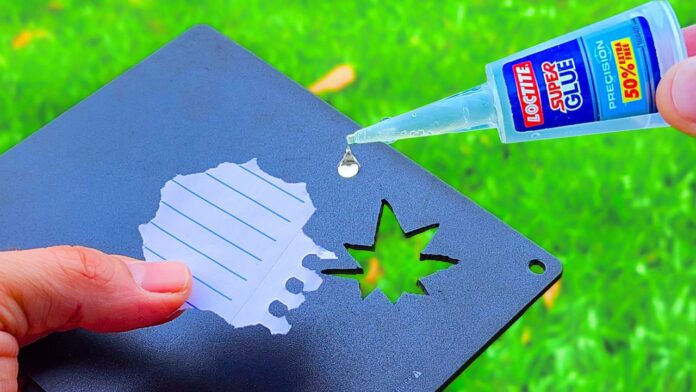
Using super glue on paper or cardboard might seem like an easy fix, but it can lead to problems. The adhesive can seep through these porous materials, causing warping and a visible mess. Additionally, super glue dries hard and can make the paper brittle and prone to breaking. For craft projects or paper repairs, traditional white glue or rubber cement is preferable for a cleaner and more flexible bond.
Precious or Irreplaceable Items
If you’re considering using super glue on something precious, like a family heirloom or an expensive piece of art, think again. The irreversible nature of super glue means any mistake is permanent, and removing excess glue from delicate surfaces can be a risky endeavor that may cause further damage. For valuable and irreplaceable items, it’s best to consult a professional conservator or restorer who can choose the safest and most effective treatment.
Electronics and Heat-Sensitive Items
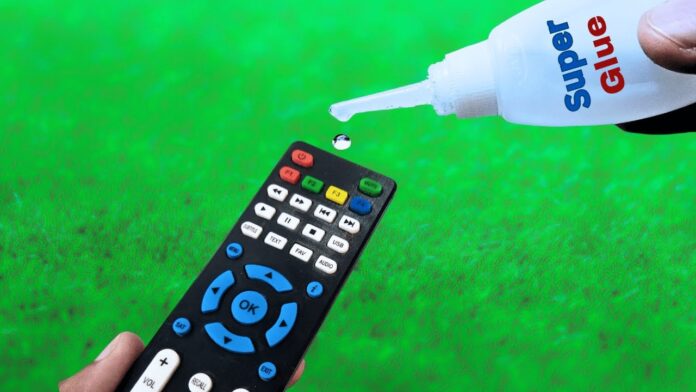
Super glue and electronics generally don’t mix. Using super glue on electronic components can lead to several issues. The glue can conduct electricity, potentially leading to short circuits. Additionally, the fumes from super glue can corrode or damage sensitive parts. Plus, many electronic components generate heat when in use, and super glue can degrade when subjected to high temperatures. It’s better to use adhesives specifically designed for electronics, which account for these factors and offer safer, more effective bonding.
Enhancing Safety Through Knowledge
One significant advantage of knowing when not to use super glue involves safety. Different adhesives emit various levels of fumes that can be harmful, especially in confined spaces. By choosing the correct adhesive for each job, you minimize the risk of inhaling toxic substances, thereby promoting a safer repair environment. This awareness is particularly crucial when working in areas with poor ventilation or when children and pets are present.
Increasing Efficiency in Repairs
Using the right adhesive not only ensures a stronger bond but also increases the efficiency of your repair work. Applying super glue where it isn’t suited often leads to repair failures, requiring multiple attempts to fix an issue. Knowledge of the appropriate adhesive for different materials and situations can lead to successful repairs on the first try, saving both time and frustration.
Fostering Creativity and Innovation
Understanding the diverse range of available adhesives can also expand your creative horizons. Different projects, from arts and crafts to DIY home repairs, require specific types of glues. By familiarizing yourself with these options, you can undertake a wider variety of projects with confidence. This knowledge can enhance your creativity, potentially leading to new hobbies or even entrepreneurial ventures like custom crafts or furniture restoration.
Teaching Resourcefulness and Sustainability
Promoting a culture of repair within your household can set a powerful example for others, especially children. Demonstrating how to choose the right tool for the right job teaches valuable lessons in resourcefulness and sustainability. It encourages a mindset that values fixing and maintaining over discarding and replacing, instilling a deep respect for materials and the environment. These lessons in practical sustainability can have a lasting impact, fostering a sense of responsibility and care that extends beyond the home.
Contributing to Thoughtful Consumption
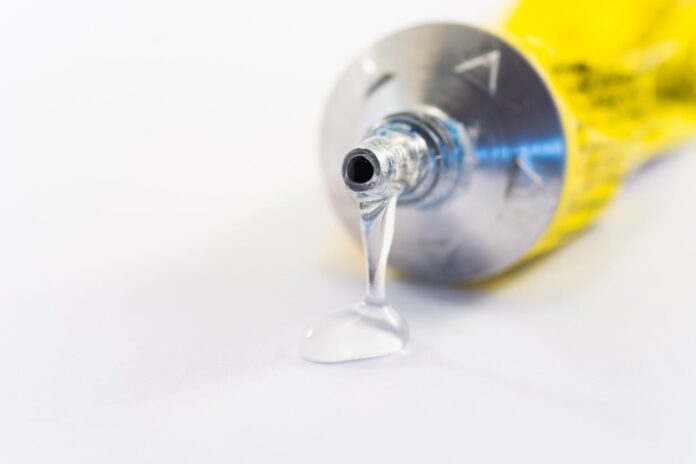
By understanding when super glue is not the ideal solution, you make more informed decisions about consumption. This approach can lead to a more sustainable lifestyle by reducing waste and extending the life of items through proper maintenance and repair. In a broader sense, this mindset of thoughtful consumption and informed decision-making can contribute to larger environmental and economic benefits, promoting a cycle of mindfulness that influences all areas of life.
Conclusion
Knowing when to use super glue—and when other adhesives are a better choice—is more than just practical; it’s a commitment to doing things right. This knowledge not only ensures that your repairs are effective but also enhances safety, fosters creativity, teaches valuable life skills, and promotes a more sustainable approach to living. Through thoughtful application and a willingness to learn, you can turn everyday repair tasks into opportunities for growth and positive impact.
